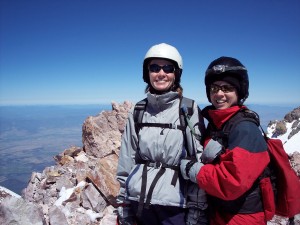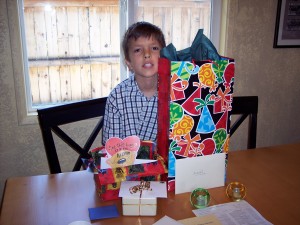This time of year, when my sons are visiting their father for several weeks and I am alone, I spend a lot more time listening to music. I also try to spend some time meditating, and if I have music that helps me to get into a meditative state of mind, that’s what I’ll be playing.
Steven Halpern’s Inner Peace Music offers many titles in that category, as well as other categories such as healing, relaxation, and learning. Steven Halpern has been in the New Age music industry for decades and has produced dozens of beneficial titles to aid in these areas and more. Our family listens to several of his albums.
I am a long-time fan of Chakra Suite, a bestselling CD that never fails to put me in a meditative, relaxed mood. New Age Voice Magazine calls CHAKRA SUITE “…The most influential New Age / Healing Album of all time.” The music on this CD is tonal in composition, without distracting chords and melodies, and is designed to balance the chakras. This creates an ideal atmosphere for meditation, relaxation, and healing. It helps immensely with the reduction of the stress that accompanies being an autism parent.
I also love Music for Sound Healing, a CD that I play for relaxing background music. The album features grand piano, electric piano, flute, and harp, and includes Halpern’s arrangement of Pachelbel’s Canon in D Major. All thirteen of the soothing compositions provide a beneficial, healing environment.
Nigel loves the relaxing sounds of Peace of Mind. He says that it works the best to help him sleep, and he listens to it on a regular basis. The richness of Halpern’s solo grand piano is exquisitely graceful. Aidan receives the most benefit from Sleep Soundly, with subliminal messages to instruct the listener to clear his or her mind and drift into peaceful slumber. Our household has been sleeping much better since we started listening to this wonderful music!
In addition to the titles for healing, meditation, and relaxation, Steven Halpern offers a line of subliminal self-help CDs, rhythmic world beat selections, music for yoga, music for learning, and several spoken-word meditations. Steven Halpern’s music rounds out a holistic approach to in-home therapy for stress relief, sleep problems, and other areas affecting many families today, especially those with autism. I highly recommend this beneficial music.



